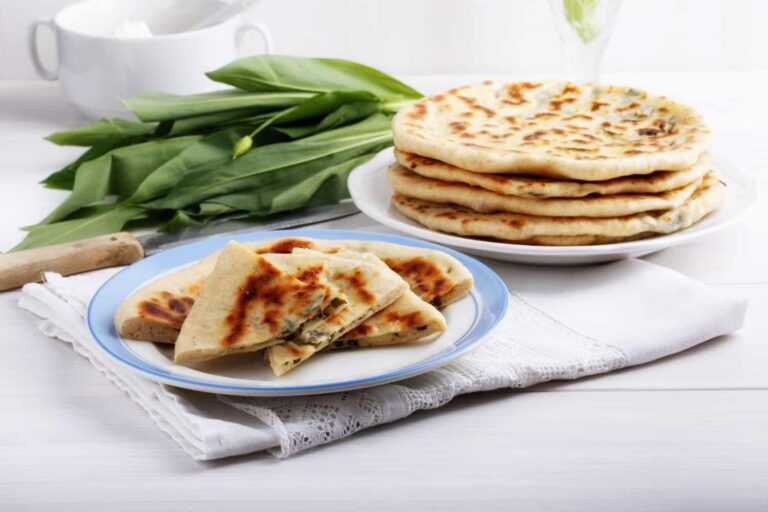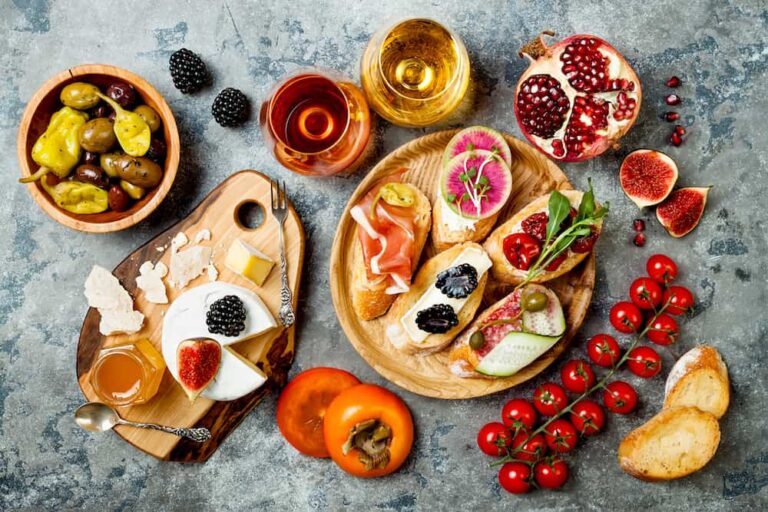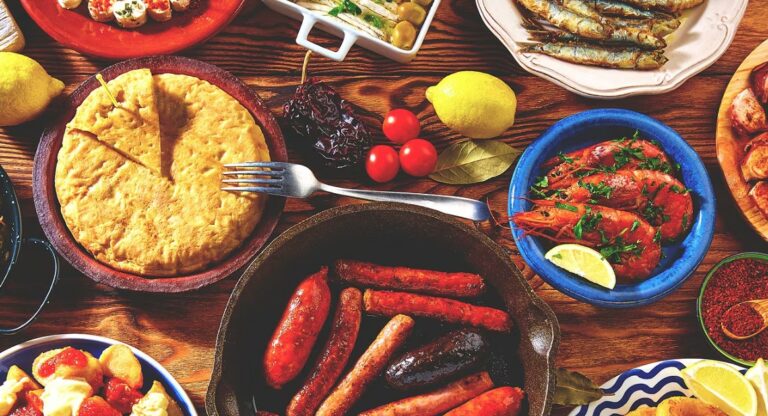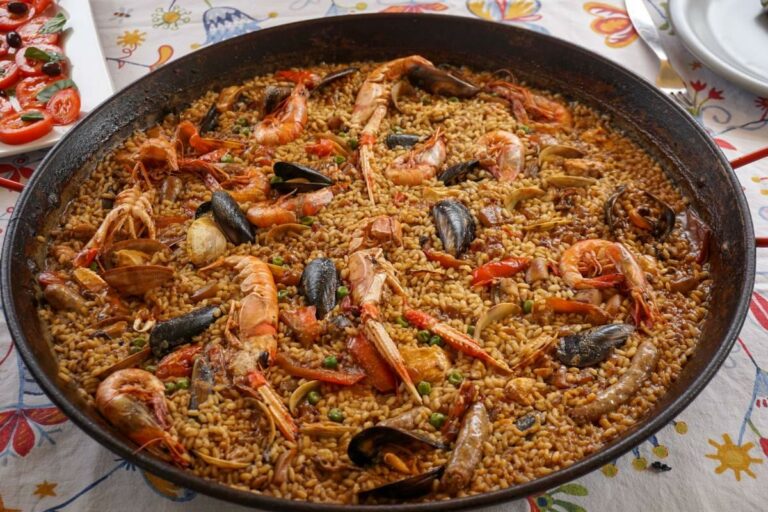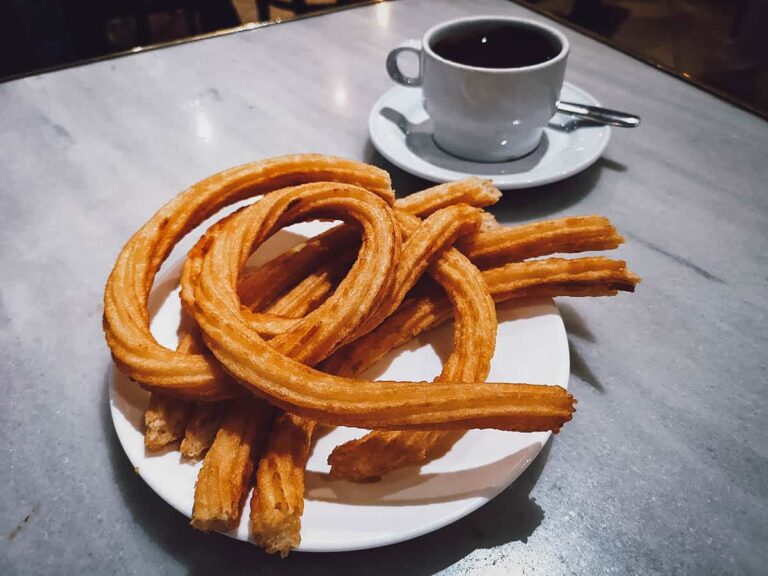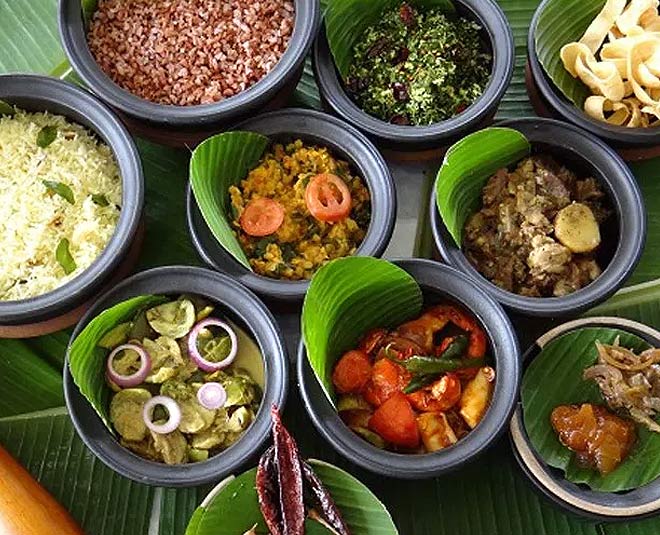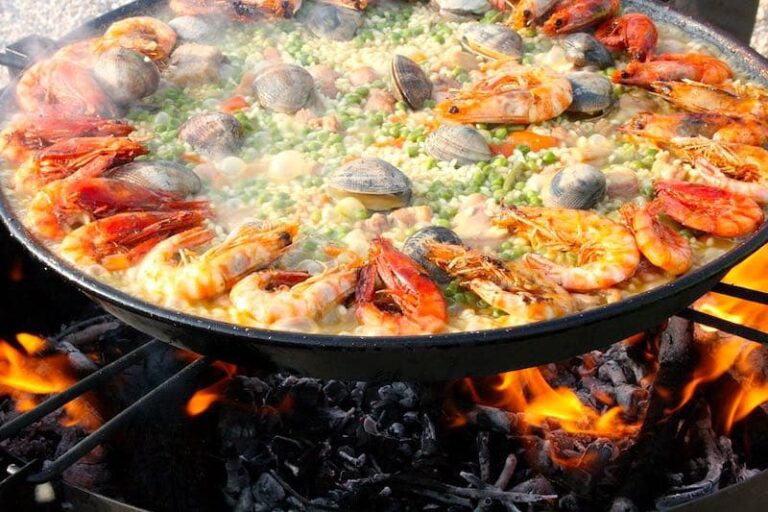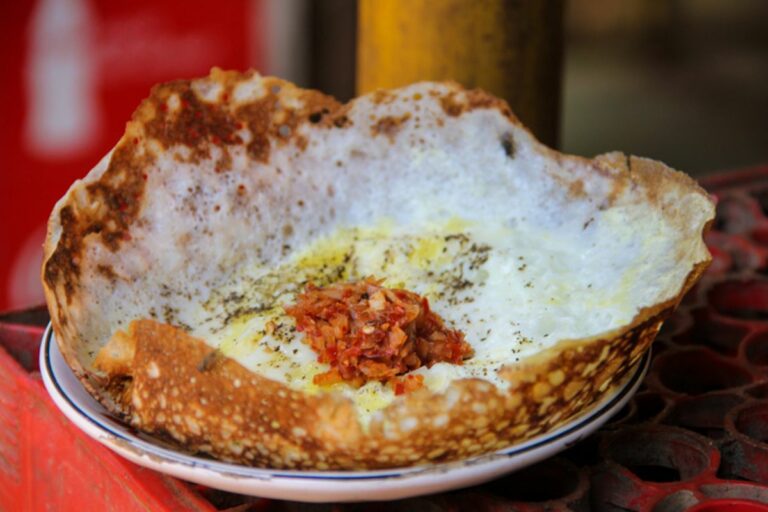Introduction: South Sudanese Cuisine
South Sudanese cuisine is a vibrant and diverse culinary tradition that reflects the country’s cultural and regional diversity. The cuisine is heavily influenced by the country’s agrarian lifestyle, which centers on farming, fishing, and hunting. South Sudanese cuisine is characterized by its use of fresh and locally sourced ingredients, bold flavors, and aromatic spices.
Staple Foods and Ingredients
The staple foods of South Sudanese cuisine are grains, legumes, vegetables, and tubers. The most commonly consumed grains are sorghum, millet, and maize, which are used to make porridge, bread, and stews. Legumes such as beans, lentils, and peas are also popular and are often served boiled or mashed. Vegetables such as okra, eggplant, and spinach are used to create flavorful stews and soups. Tuber crops such as cassava, yams, and sweet potatoes are also widely consumed and can be boiled, steamed, fried, or mashed.
Diverse Regional Dishes
South Sudanese cuisine is diverse and varies by region. In the northern part of the country, the cuisine is heavily influenced by Arabic cuisine and is known for its bread (kisra), which is made from sorghum flour. In the western part of the country, the cuisine is influenced by the cuisine of neighboring countries such as Congo and Uganda and is characterized by spicy stews made from peanuts or groundnut sauce. In the southern part of the country, the cuisine is heavily influenced by the cuisine of nearby Ethiopia and is known for its sourdough bread (injera) and spicy stews made from berbere spice.
Popular Meat and Fish Dishes
Meat and fish are also popular in South Sudanese cuisine. Beef, goat, and lamb are the most commonly consumed meats and are often stewed or grilled. Fish is also popular, especially in the areas surrounding the Nile River. Nile perch, tilapia, and catfish are commonly consumed and are often grilled or fried.
Vegetarian and Vegan Options
South Sudanese cuisine offers a wide range of vegetarian and vegan options. Legumes such as beans, lentils, and peas are an excellent source of protein and are often used in vegetarian stews and soups. Vegetables such as okra, eggplant, and spinach are also used to create flavorful vegetarian dishes. In addition, tubers such as cassava, yams, and sweet potatoes are often boiled or mashed and can be served as a vegetarian side dish.
Desserts and Beverages in South Sudanese Cuisine
Desserts and beverages are an important part of South Sudanese cuisine. Beverages such as tea, coffee, and fresh juices are popular and are often served with meals. Desserts such as sweet porridge made from sorghum or millet, and fried sweet potato balls (kala) are also commonly consumed. In addition, honey is often used as a natural sweetener in South Sudanese cuisine.

